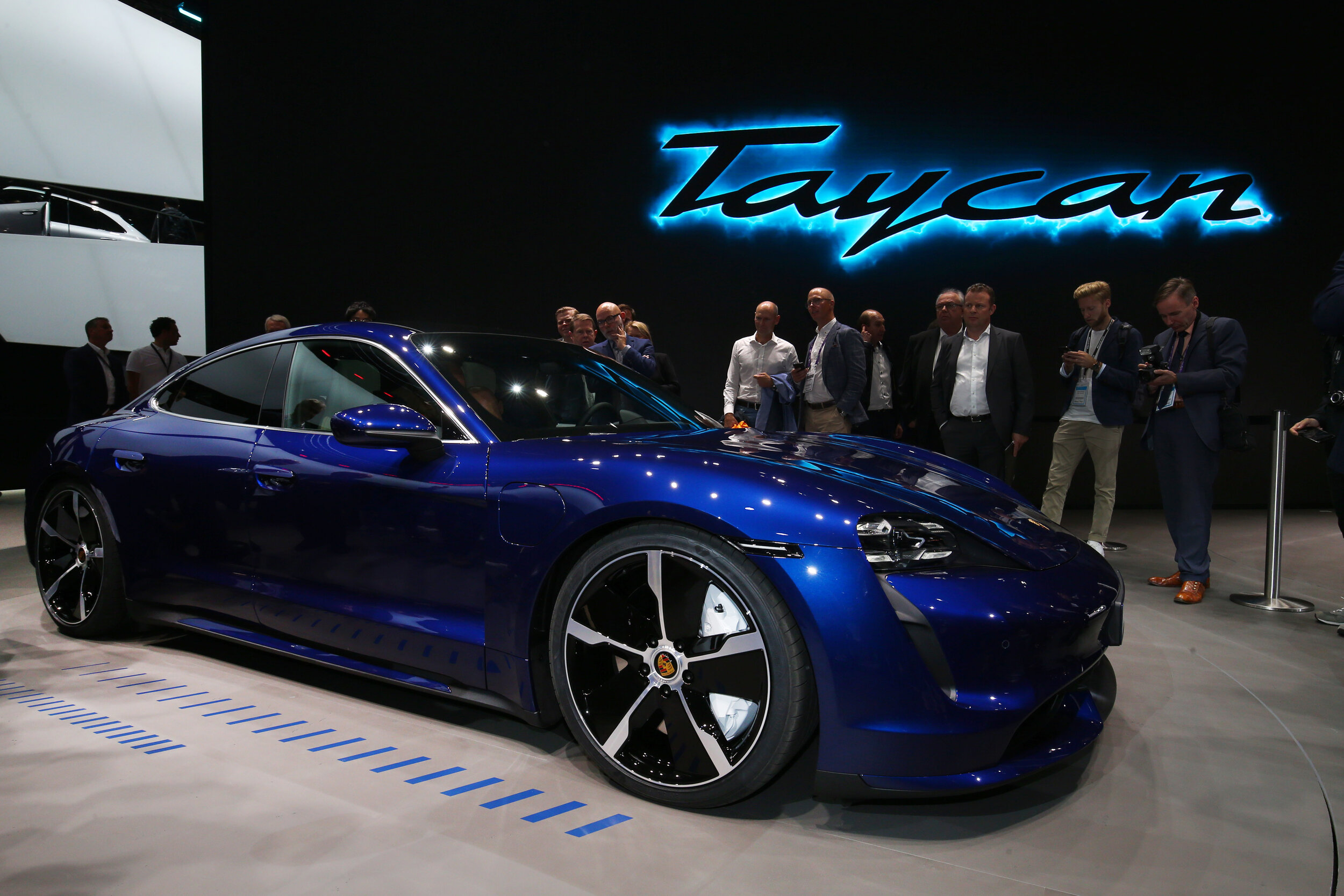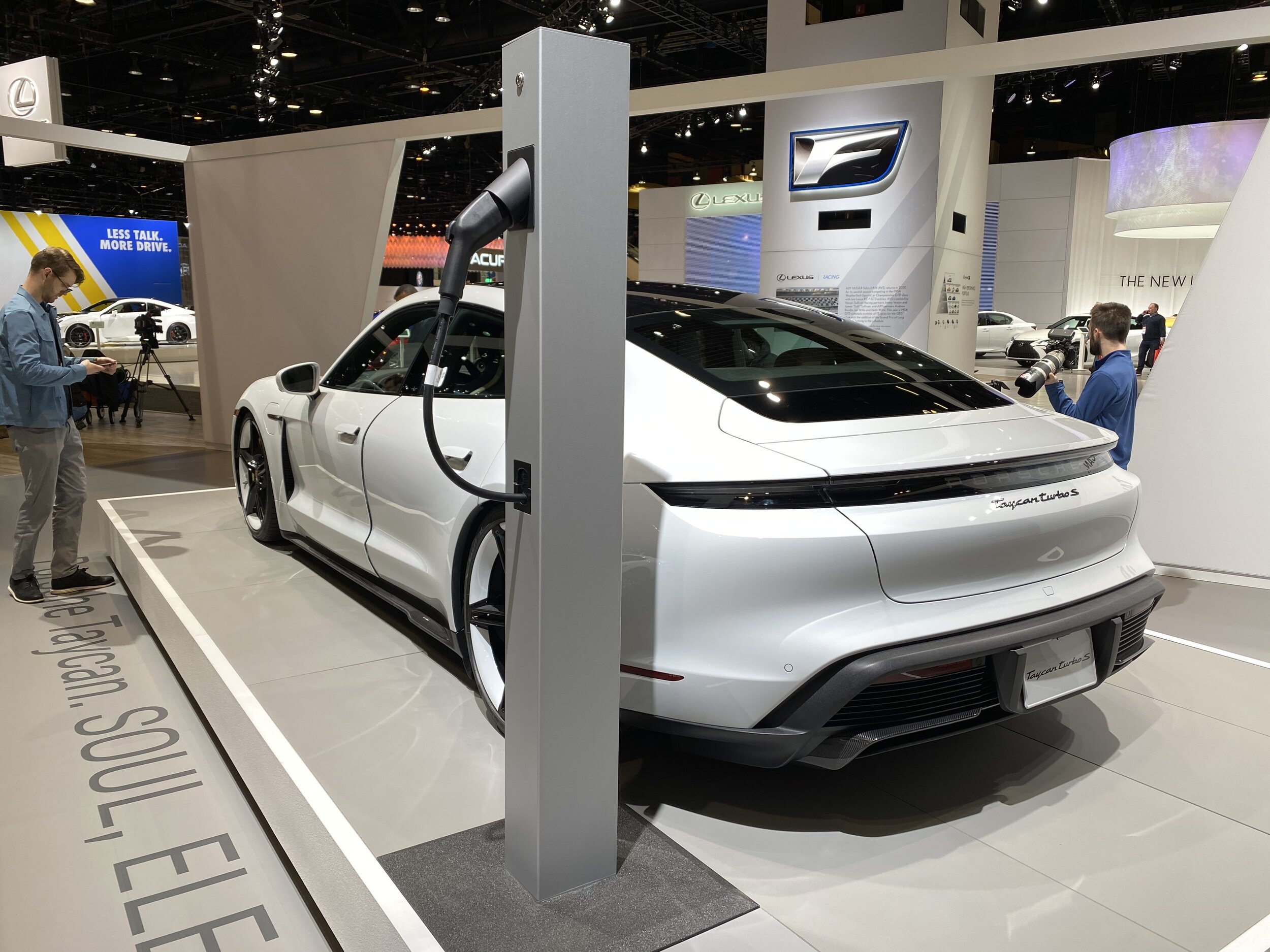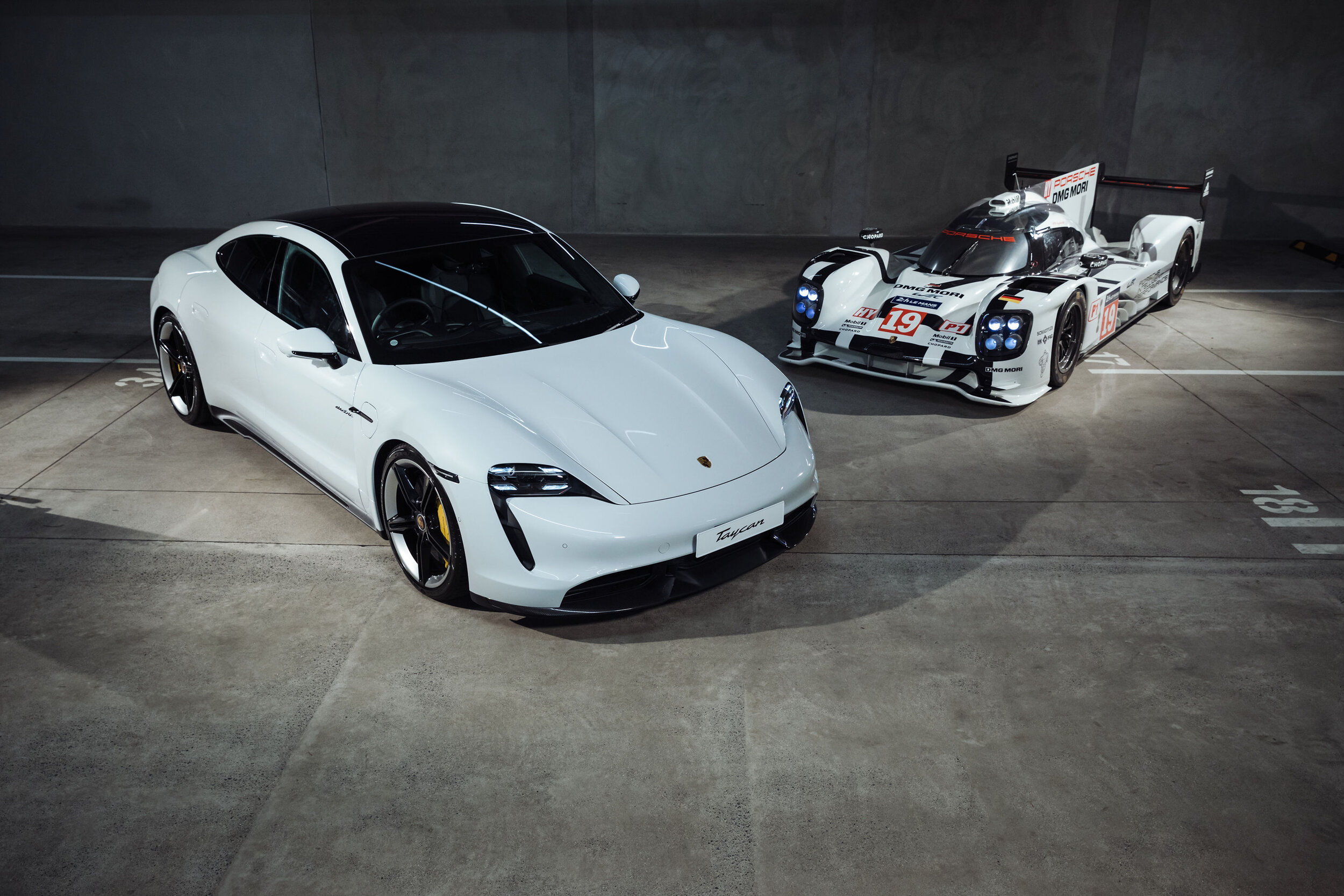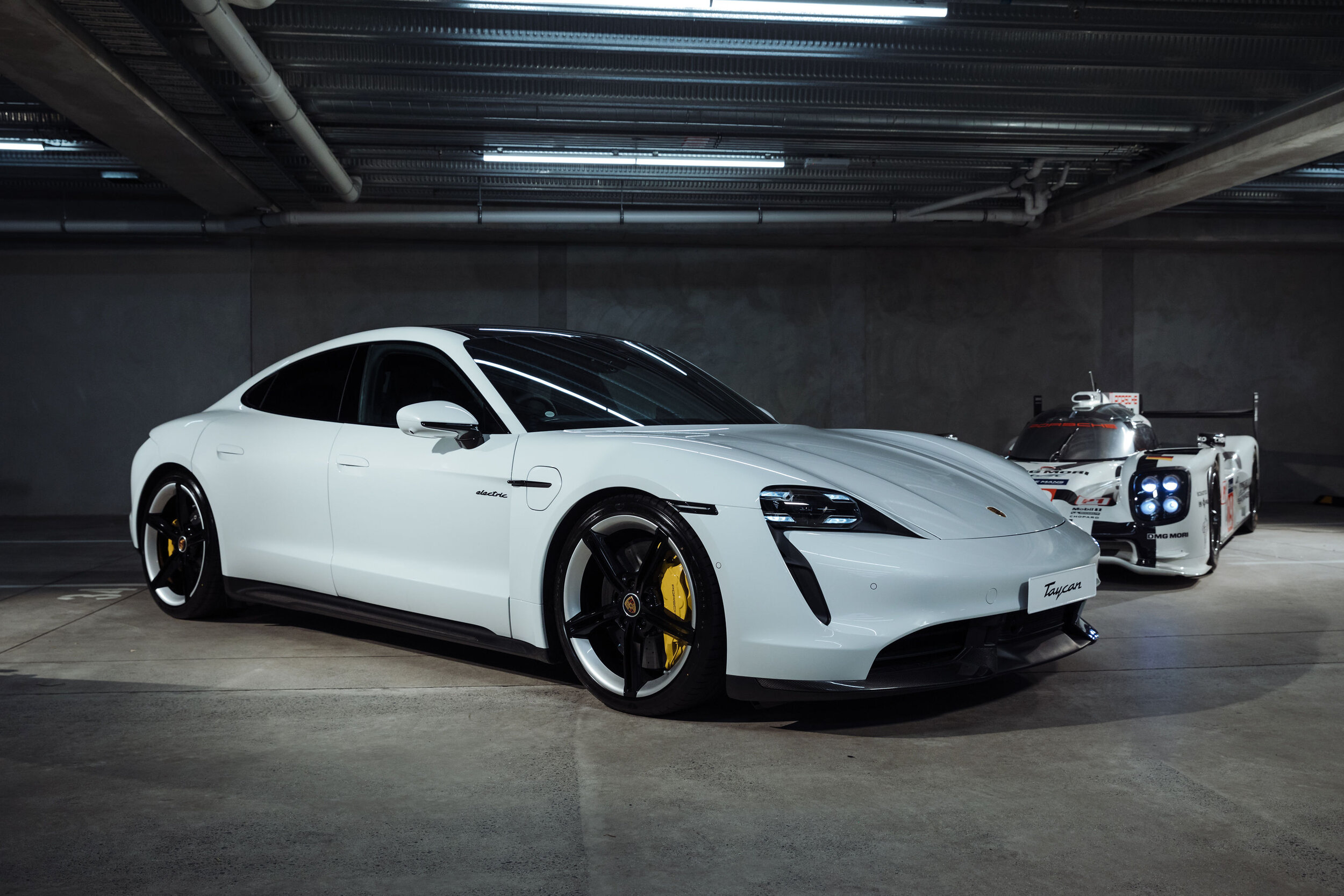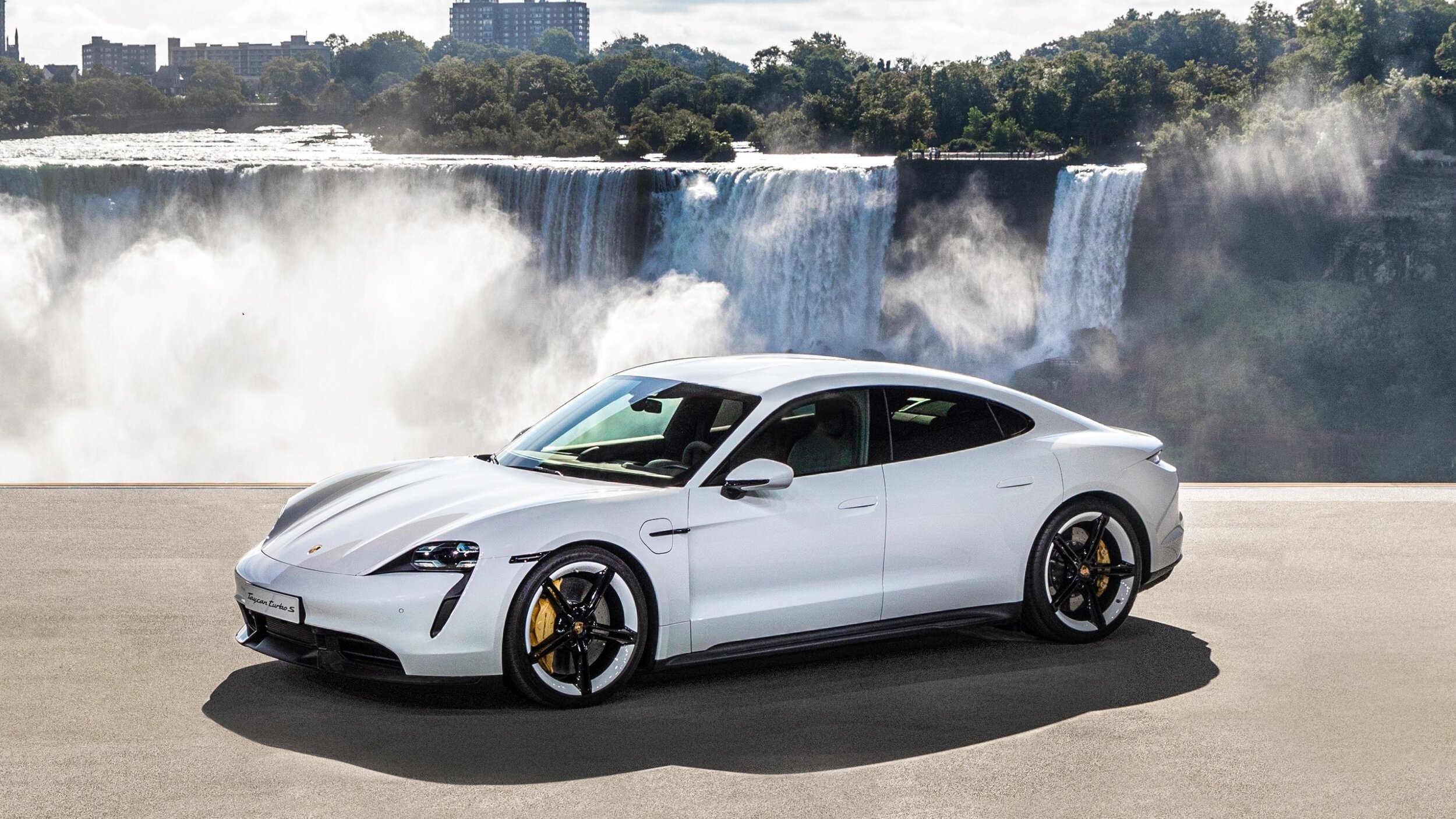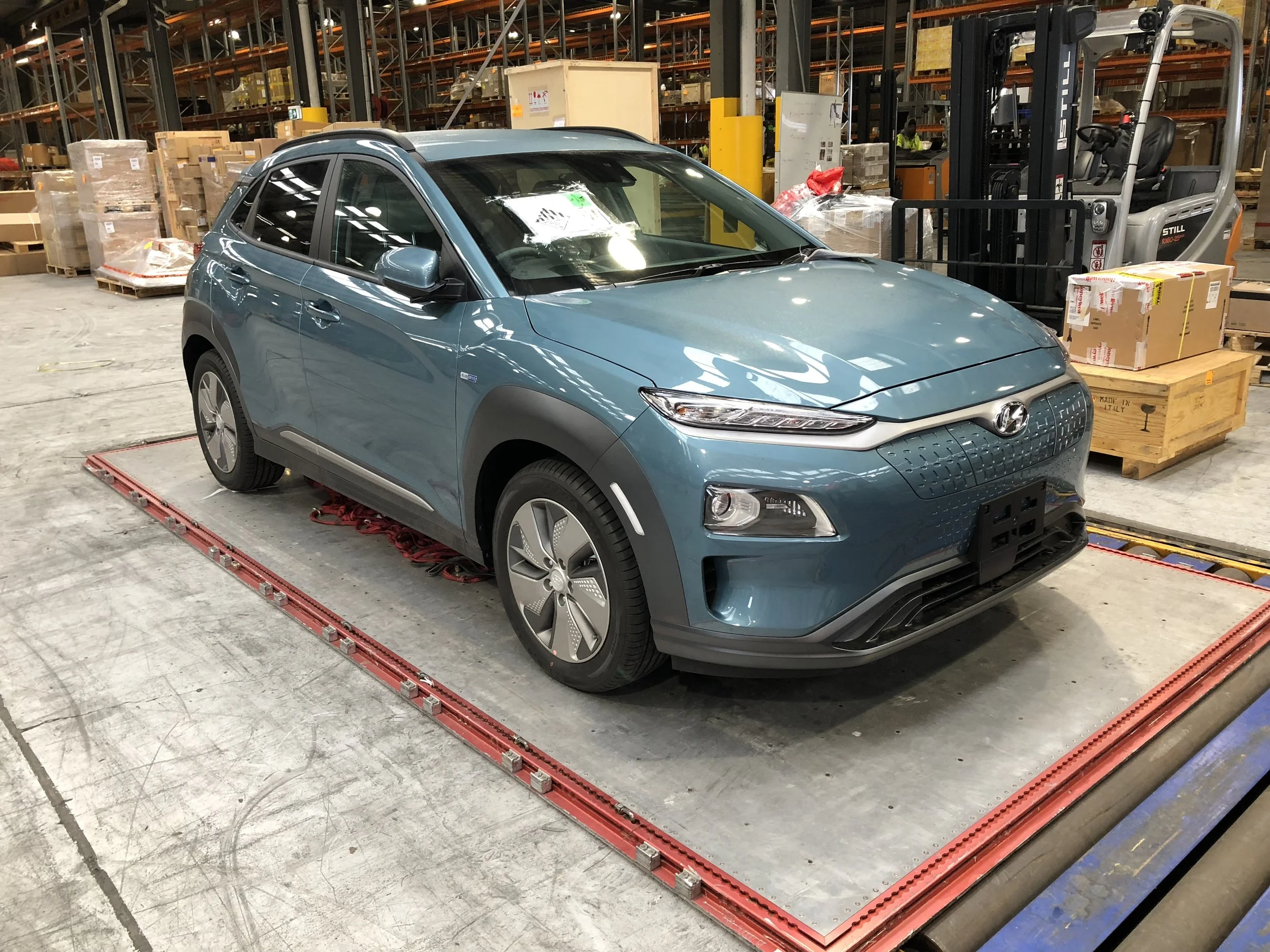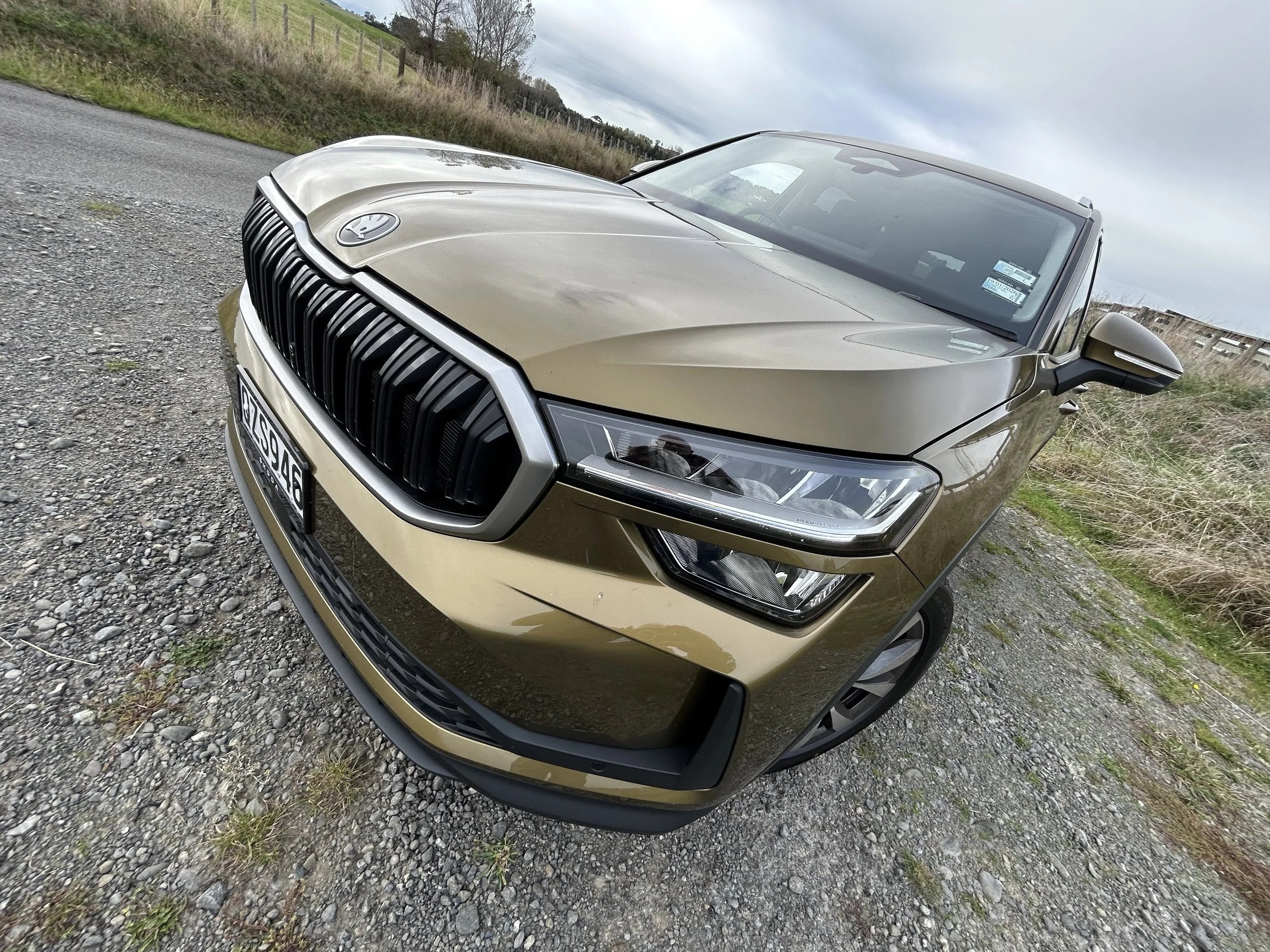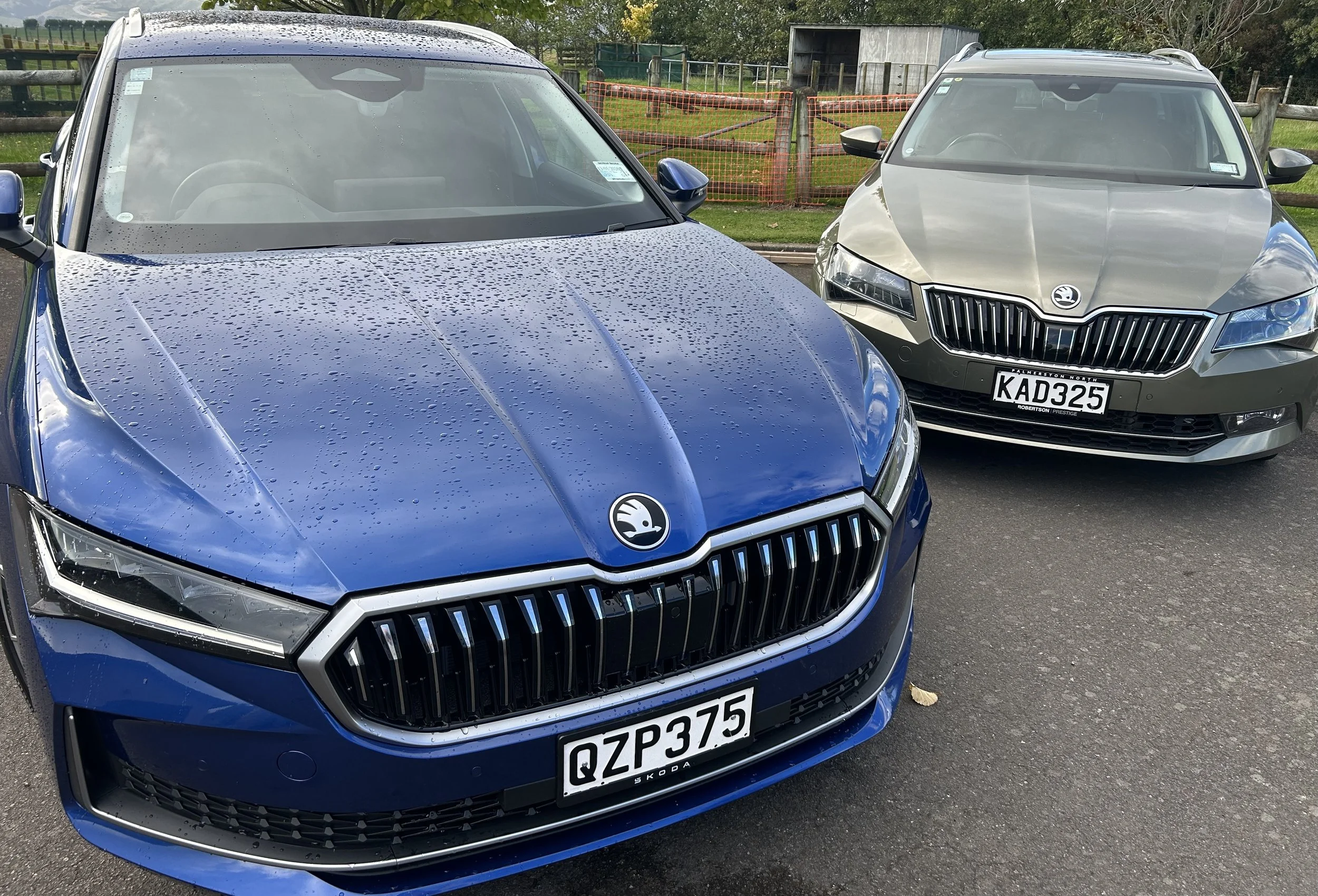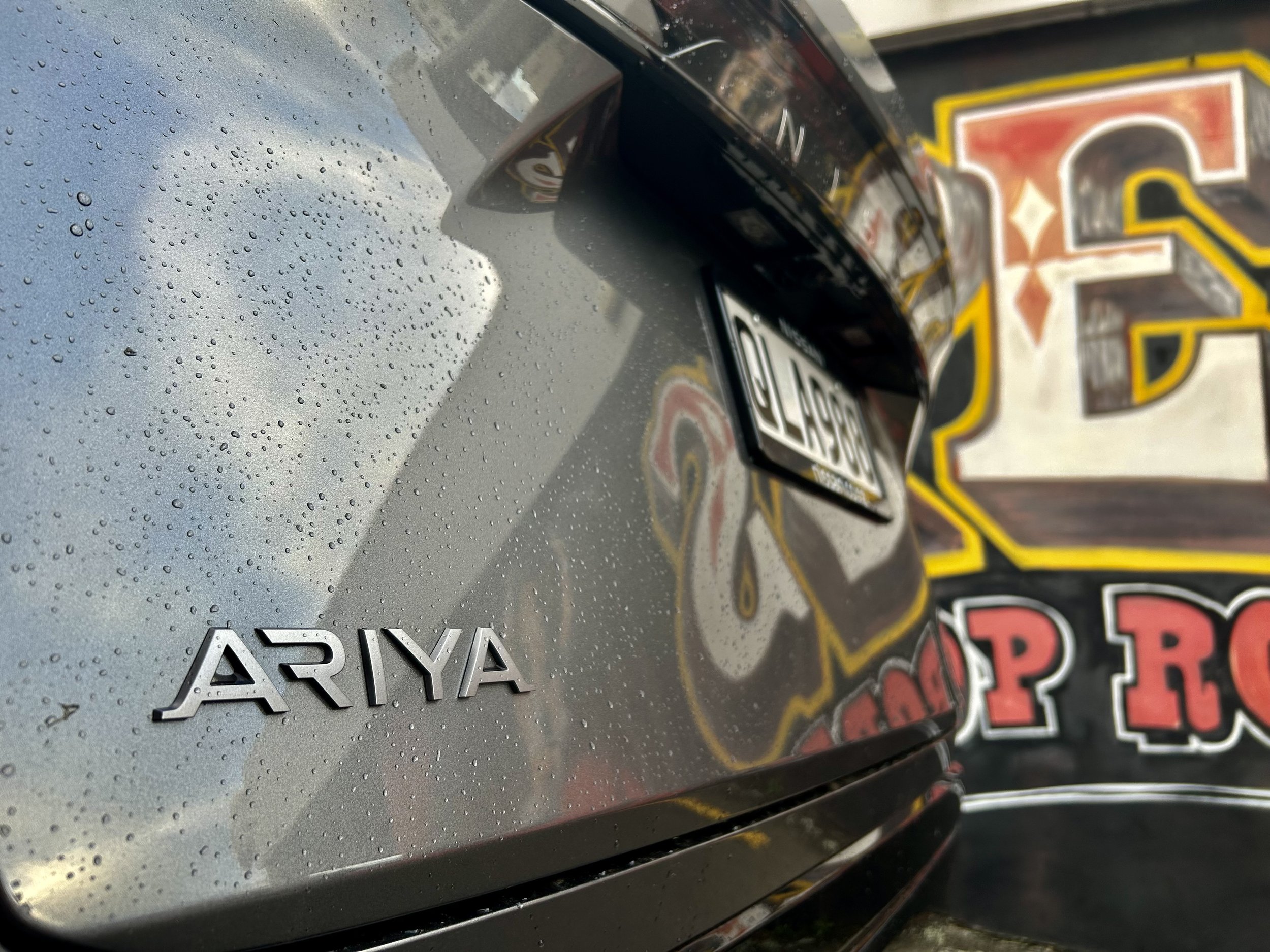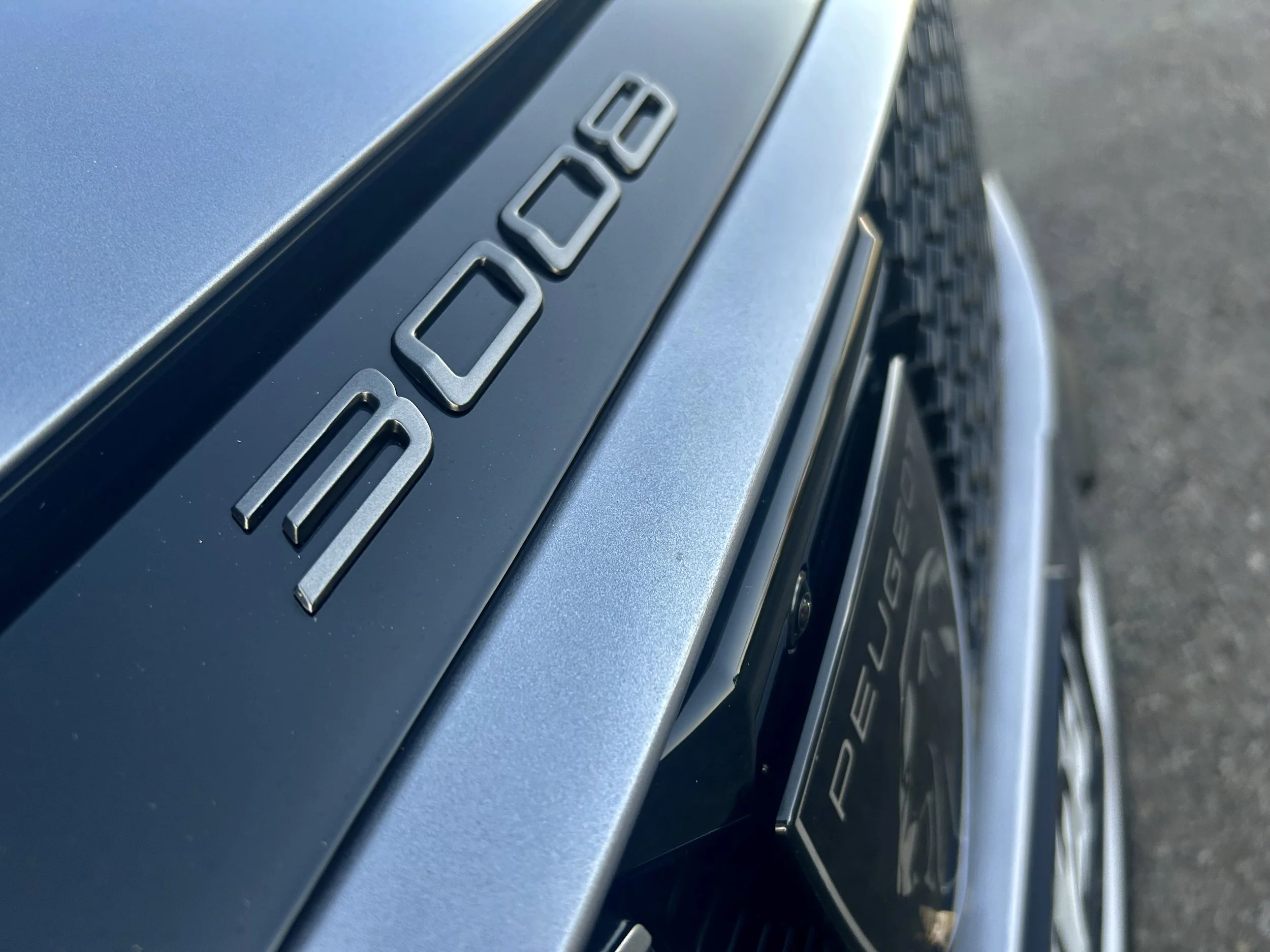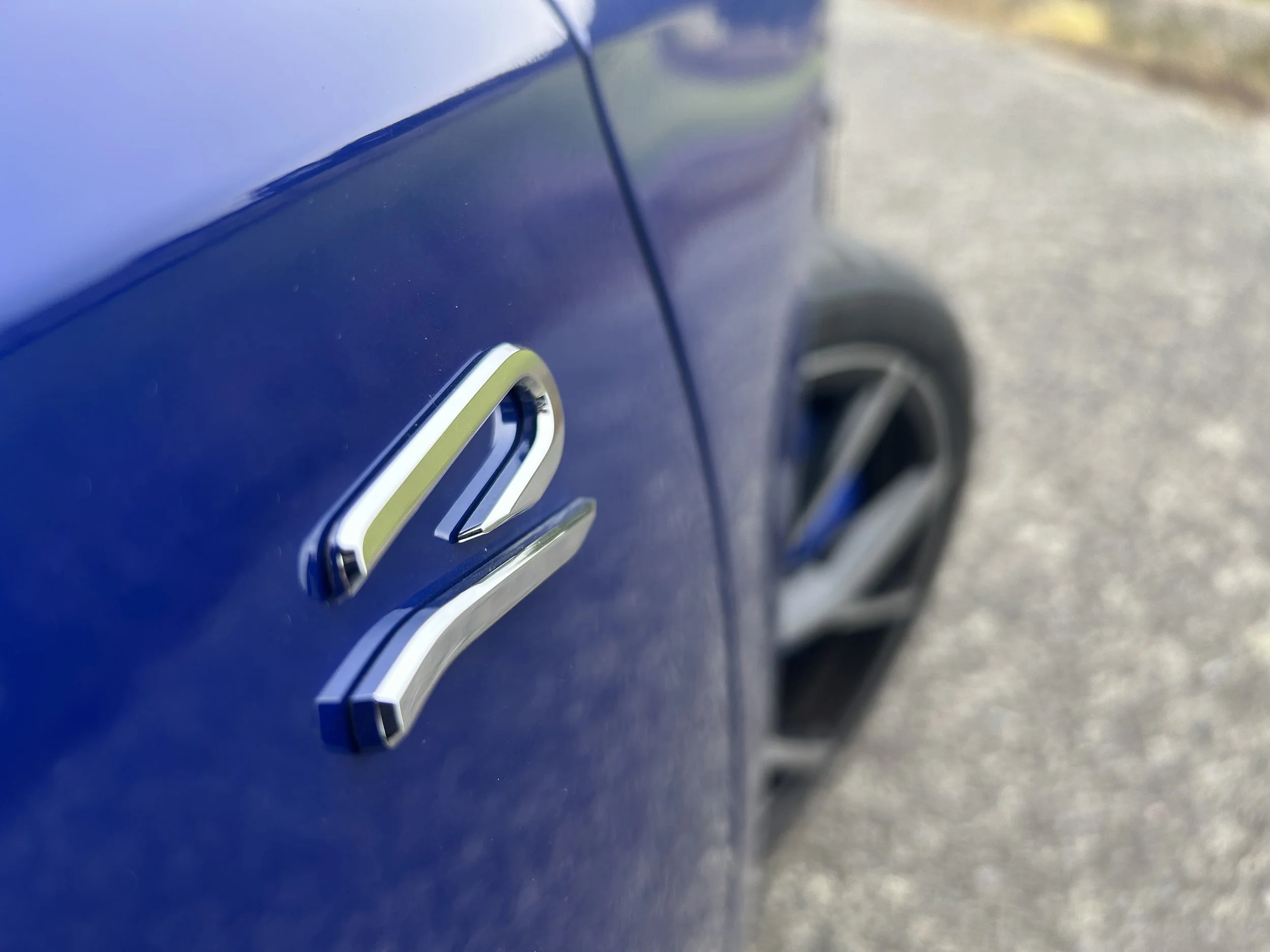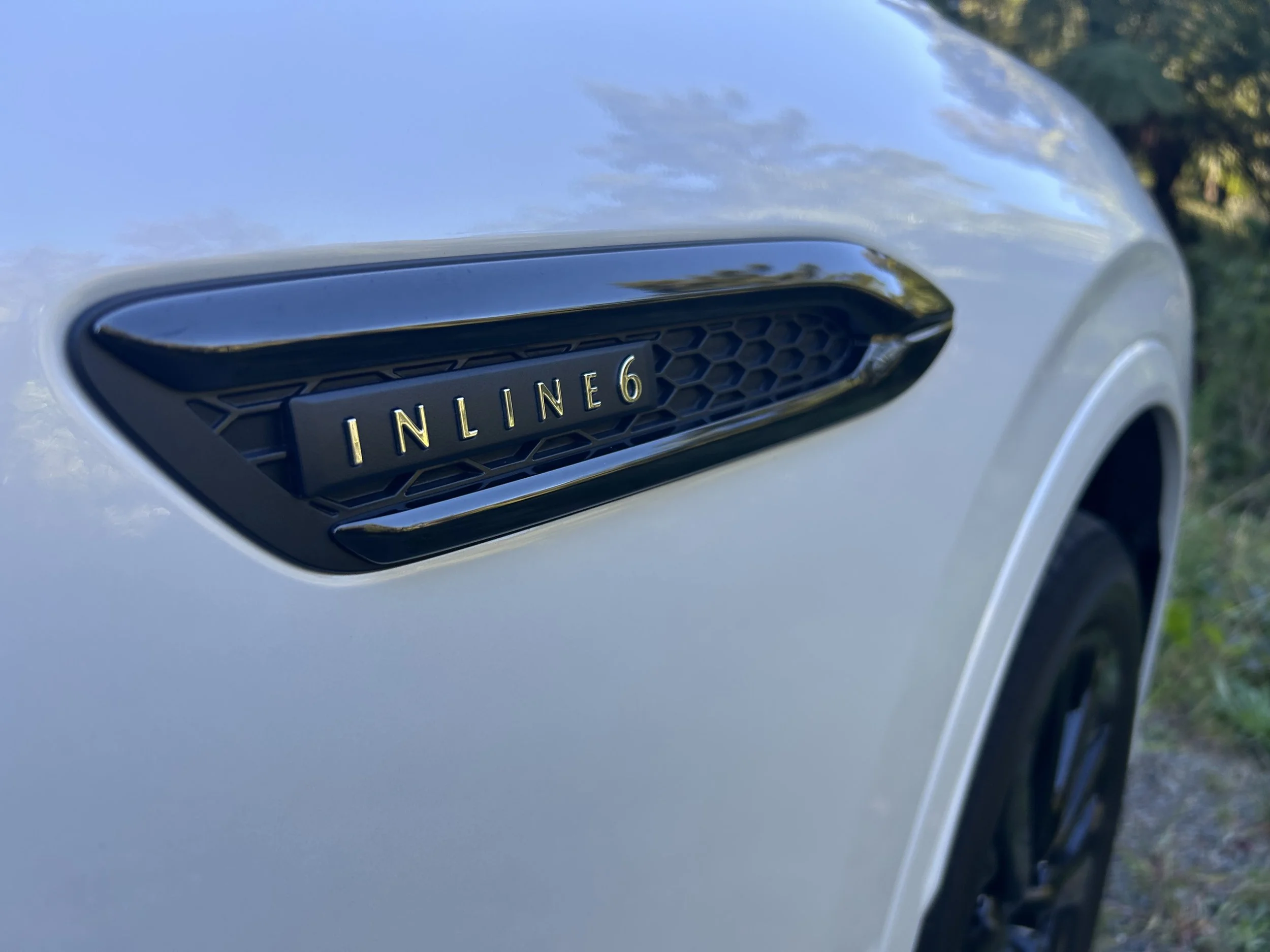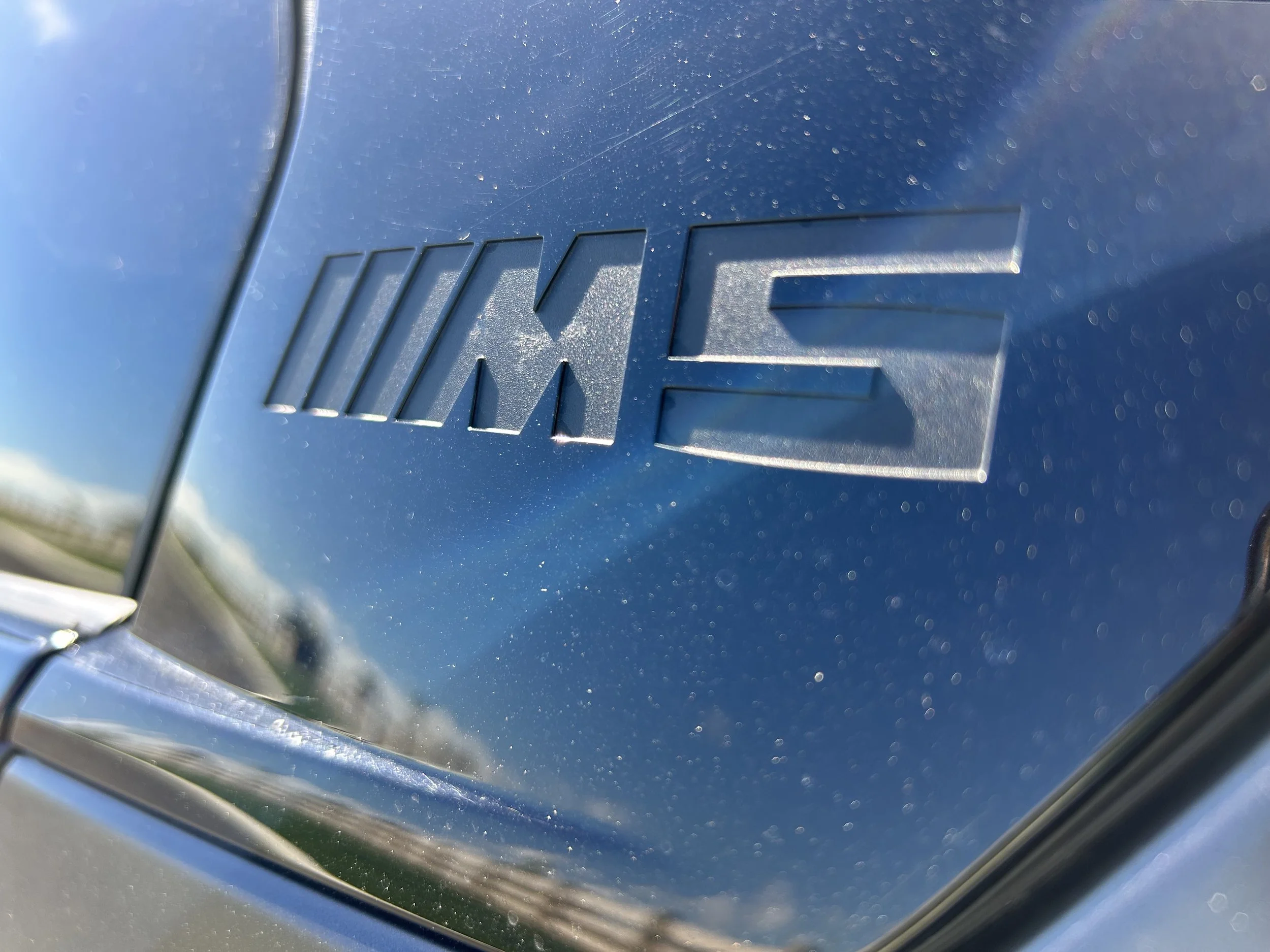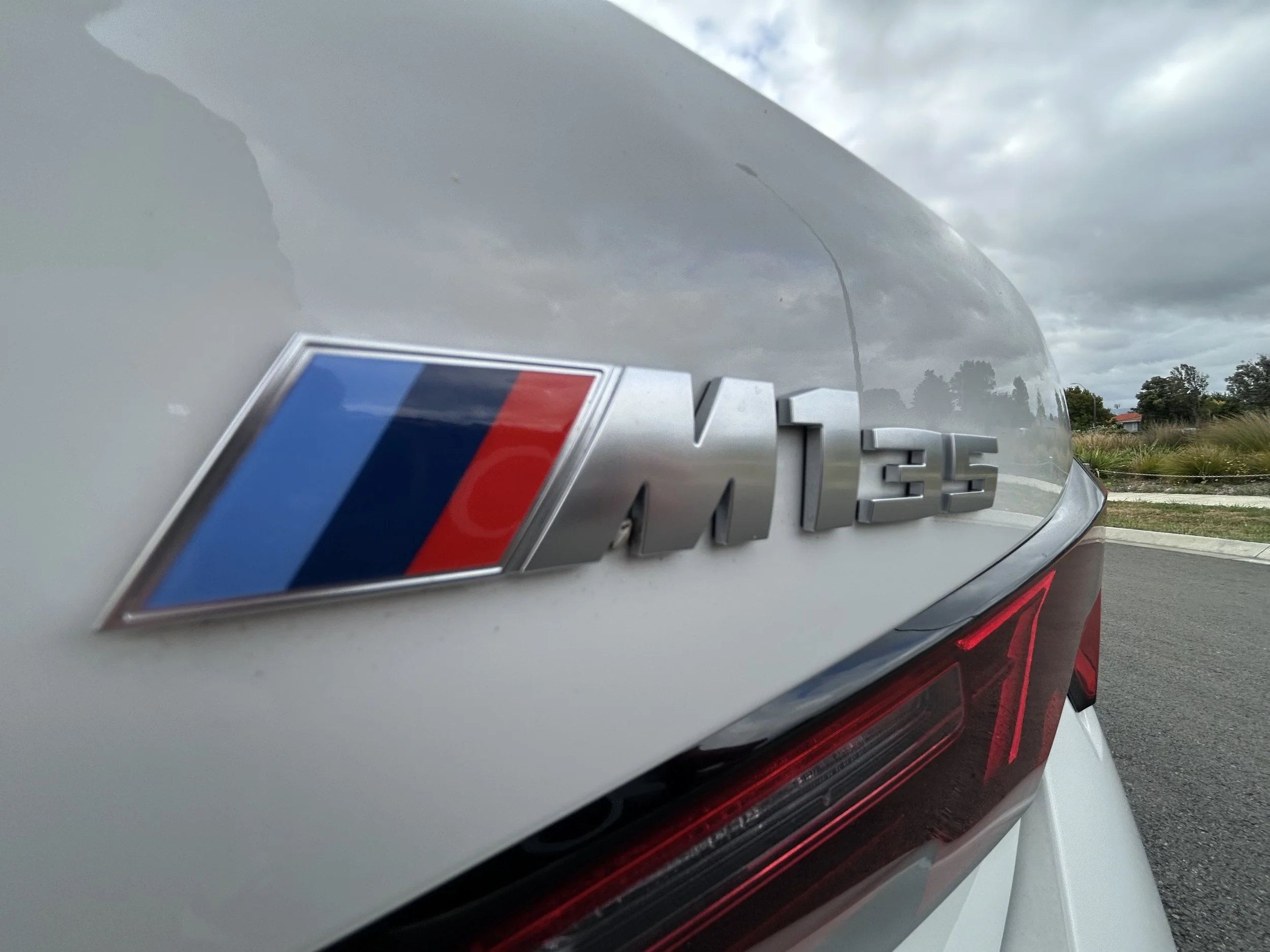Taycan: Faster than a 911, cheaper too
/Pricing and spec of the first pure-electric Porsche you can buy has been released.
WHAT catch to a Porsche everyone will swoon over that outperforms the classic 911 and costs $20,000 less?
None at all assuming you’re also committed to the way of the future and are happy to drive a car relying purely on electricity.
Porsche has today released New Zealand market pricing and specifications for the Taycan, the brand’s first pure-electric car, ahead of fuller availability, expected to occur from the fourth quarter, though a small fleet of demonstrators are now touring Porsche centres (their word for ‘dealership).
The Taycan 4S, pricing from $203,900, the Taycan Turbo starting at $289,900 and the Taycan Turbo S kicking off from $366,900 means the entry edition represents handily below the cheapest 911, a $223,200 wallet hit, and will outgun it by 0.2 seconds in the 0-100kmh sprint, which the 4S achieves in a claimed 4 seconds flat.
The Taycan 4S is powered by a 79.2kWh Performance Battery producing an output of 320kW/640Nm, and offering up-to 390kW on overboost. It provides a claimed 365 kilometres of range and is capable of a top speed of 250kmh.
The 93.4kWh Performance Plus battery can also be optioned on the 4S (pricing yet to be announced), offering an additional 40kW and 10Nm in normal driving conditions, but stretching to a maximum of 420kW on overboost. Claimed driving range is 414km.
The middle-of-the-range Porsche Taycan Turbo achieves a 0-100 time of just 3.2 seconds from 460kW, and up-to 500kW on overboost, A range of 420km when the battery is fully charged is claimed, also a top speed of 260kmh.
The flagship Taycan Turbo S can generate up to 560 kW of overboost power in combination with Launch Control. Zero to 100 falls to 2.8s and has a range of 405 km when the battery is fully charged.
The Taycan is the first electric vehicle to utilise an 800 volt system, with every other electric vehicle having a 400 volt system. Not only does this allow the driver greater access to the performance available from the battery, but Porsche claims this will also help to improve recharging times.
All NZ-delivered Taycans come with a Mode 3 charging cable for use at AC public charging stations, while a 150kW on-board DC charger is standard for 400 volt charging stations.
New Zealand models gain a range of standard equipment in addition to worldwide standard specifications.
Surround view, comfort access, lane change assist, lane keeping assist, adaptive cruise control, front seat ventilation, steering wheel heating, rear side airbags, electrically folding exterior mirrors, digital radio and privacy glazing are standard.
Additional equipment for the Taycan 4S includes 20-inch ‘Sport Aero’ wheels, metallic paint, front seat heating, 14-way electric comfort seats, Auto-dimming mirrors as well as the BOSE Surround Sound system.
Taycan Turbo and Taycan Turbo S gain driving dynamic and comfort features like Porsche Dynamic Chassis Control (PDCC) Sport, four-zone Advanced Climate Control and ambient lighting.
